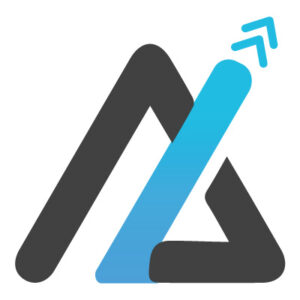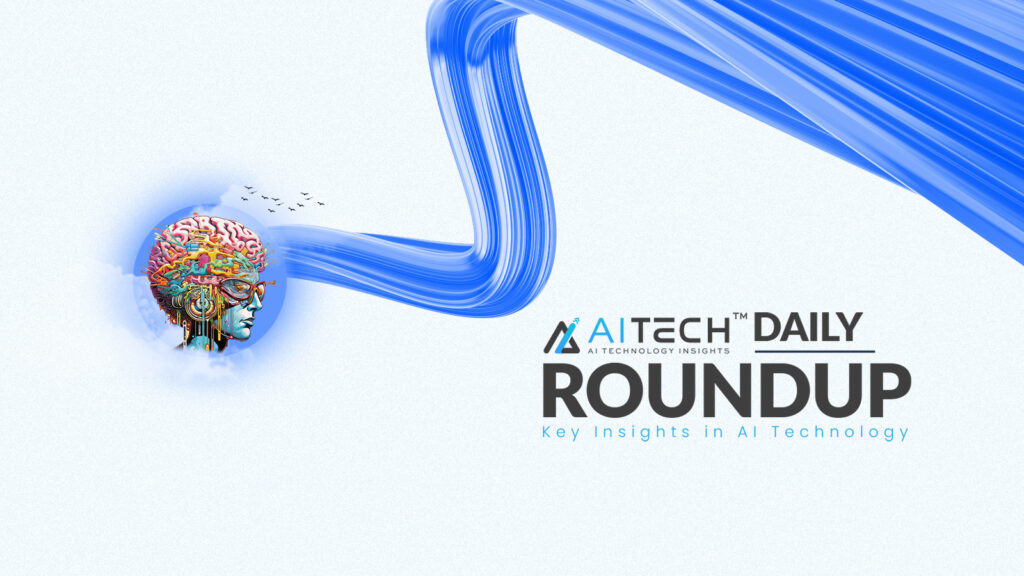New Relic, the Intelligent Observability company, has released its State of Observability for Media and Entertainment report, revealing how media and entertainment organizations leverage observability to enhance AI adoption. The report, based on insights from professionals surveyed in New Relic’s 2024 Observability Forecast, highlights that AI is a core component of observability strategies, with 35% of respondents citing AI adoption as a primary driver.
AI and Containerization Fuel Observability Growth
“Media and entertainment companies depend on observability to keep content flowing smoothly and audiences engaged,” said Nic Benders, Chief Technical Strategist at New Relic. “With complex tech systems, ensuring uptime and reliability is more important than ever. The report shows a steady increase in AI adoption within observability practices, reinforcing its role as a key enabler for AI-driven innovation. Furthermore, companies investing in observability see a 4x ROI.”
AI Authority Trend: Centrilogic Partners With CrewAI to Accelerate Multi-Agentic AI Adoption in Canada
AI adoption ranked as the second-highest factor driving observability, with 35% of media and entertainment professionals emphasizing its role in improving decision-making, customer insights, and operational efficiencies. Security, governance, risk, and compliance (39%), multi-cloud migration (35%), and IoT adoption (33%) also emerged as crucial observability strategies.
Organizations see AI as a game-changer for observability. More than a third (35%) of respondents identified AI-assisted runbook generation as the most valuable enhancement, followed by AI-driven remediation (33%), automated root cause analysis (32%), and predictive analytics (32%). Additionally, media and entertainment companies lead all industries in AI monitoring adoption (60%), demonstrating a strong reliance on observability to ensure speed, uptime, and reliability.
Observability Challenges: Detecting Outages Remains a Hurdle
Despite the industry’s advanced AI adoption, outage detection lags behind other sectors. Only 43% of media and entertainment companies use observability tools for software and system interruption detection, relying instead on manual methods and incident tickets.
This inefficiency contributes to a median mean-time-to-detection (MTTD) of 56 minutes—51% higher than the overall median and the longest across industries. Given that media and entertainment companies face the highest frequency of high-business-impact outages (63% vs. 38% industry average) and suffer the highest median hourly outage costs ($2.2 million per hour), improving incident response efficiency is critical.
The Push for Full-Stack Observability
To drive operational efficiency and business value, media and entertainment organizations are prioritizing full-stack observability. Currently, only 20% of organizations have reached this goal—lower than the 25% industry-wide adoption rate. The biggest challenge? Tech stack complexity, cited by 39% of respondents.
AI Authority Trend: Atlas Cloud Names Suzanne Rabicoff Chief of Field to Drive Neocloud AI Adoption
Organizations increasingly seek comprehensive, cost-effective observability platforms that link IT performance data with business outcomes. A majority (56%) prefer a single, integrated observability platform, yet only 27% plan to consolidate tools in the next year—the lowest rate of any industry. Overcoming this gap will be essential for maximizing observability investments.
FAQs
1. Why is AI driving observability adoption in media and entertainment?
AI enhances observability by automating issue detection, root cause analysis, and predictive analytics, allowing organizations to optimize uptime and improve user experiences.
2. What are the biggest challenges media and entertainment companies face with observability?
The industry struggles with outage detection, tech stack complexity, and tool fragmentation. These challenges lead to longer downtime, higher costs, and slower incident resolution.
3. How can media and entertainment companies improve observability efficiency?
Investing in a unified observability platform, leveraging AI-driven automation, and consolidating tools can streamline operations, reduce downtime, and enhance business outcomes.
AI Authority Trend: Cognizant Deploys Neuro AI with NVIDIA to Boost Enterprise AI Adoption
To share your insights, please write to us at sudipto@intentamplify.com








